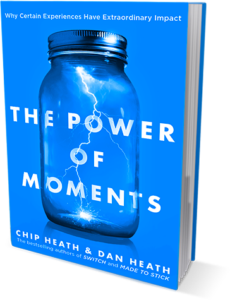Don’t-Bother-With….Blogging for Business

At Say It For You, I’m always on the lookout for different “templates”, not in the sense of platform graphics, but in terms of formats for presenting information about any business or pro practice. Possibilities include:
- how-to posts
- list posts
- review posts
- op ed opinion posts
- interview posts
By varying the format or template, you can revisit topics related to your field over long periods of time without being repetitive.
The “nucleus” around which business blog posts are formed is their topic, showing the expertise and products that business offers. The key words and phrases around that topic are what brings readers to the blog posts. But, even though the overall topic is the same, there is endless variety that can be used to make each blog post special, and one way to differentiate blog posts is by using different templates.
Just the other day, for example, I ran across two new uses of a template, both in the February issue of Oprah Magazine:
- In “Finish Strong”, the author presents four rules for getting the most out of a workout. Following each recommendation, there are two subsections: Do and Don’t Bother With. For example, under the rule “Heal Thyself”, the Do is to keep moving, which is “the only proven antidote” to delayed onset muscle soreness following a workout. Under Don’t Bother With, the author lists products promising to flush out lactic acid, ice baths, and potions to reduce inflammation. Similarly, content writers, while advising blog readers on solutions, can add “what not to bother with”, in order to give the information a new twist.
2. In “Fill Your Cup”, author Aleisha Fetters is giving advice about get-well teas, using the template “If You Have…” If you have a tickle in your throat, use Echinacea tea. Fetters than lists some of her recommended product choices. There are if-you-have recommendations for nausea, congestion, cough, and fever.
From a strategic standpoint, there are two different and compelling reasons for varying the template or format of your blog posts:
To create interest:
“You may find the information interesting, but unless you make it interesting to your readers, you won’t have any readers,” cautions Zhi Yuan in rankreview.com.
To use long tail keywords:
Long tail keywords tend to be more detailed, with a more narrow focus on one aspect of your product or service. Over long periods of time, your business blog content can become ever more focused and detailed, as you present the information using new and different “templates”.
Definitely DO bother with new templates in blogging for business!


 “Although many
“Although many 

Follow us online!